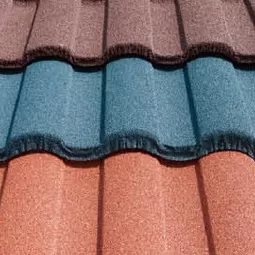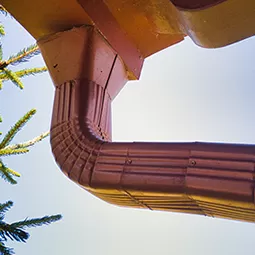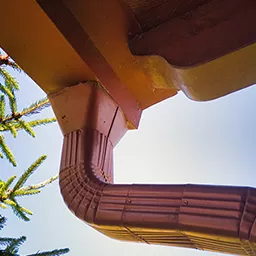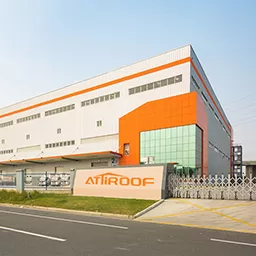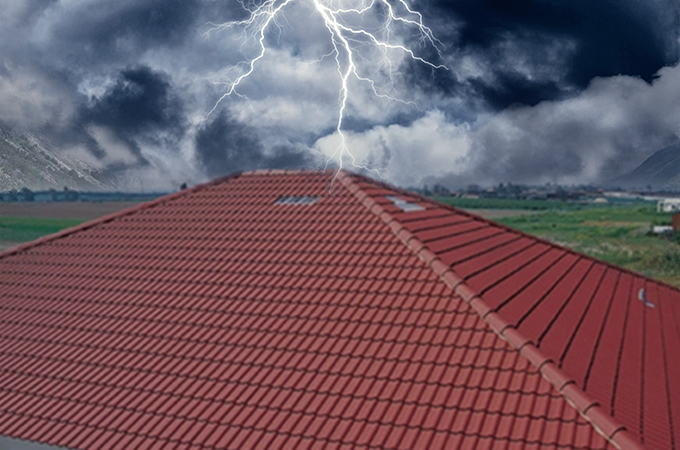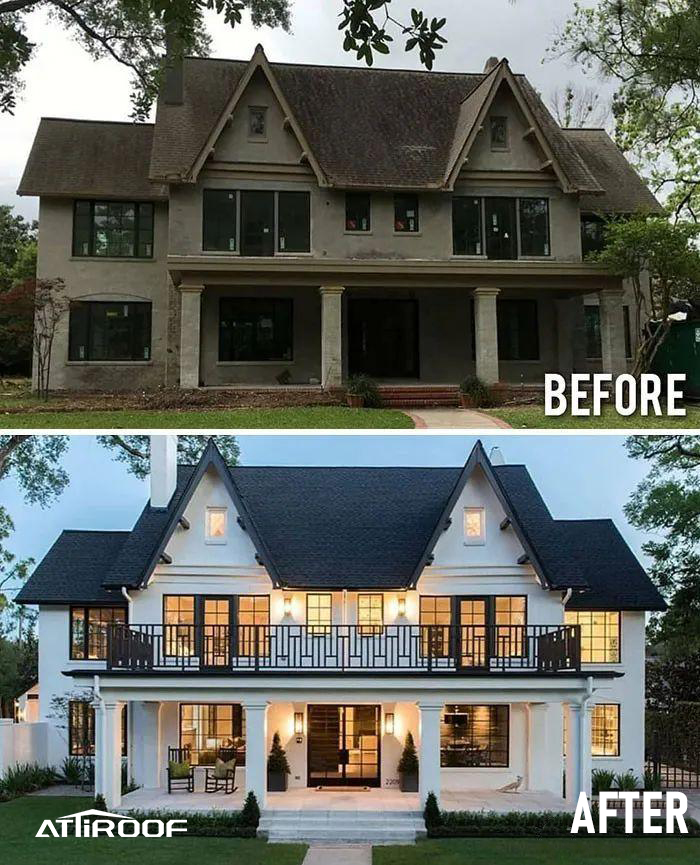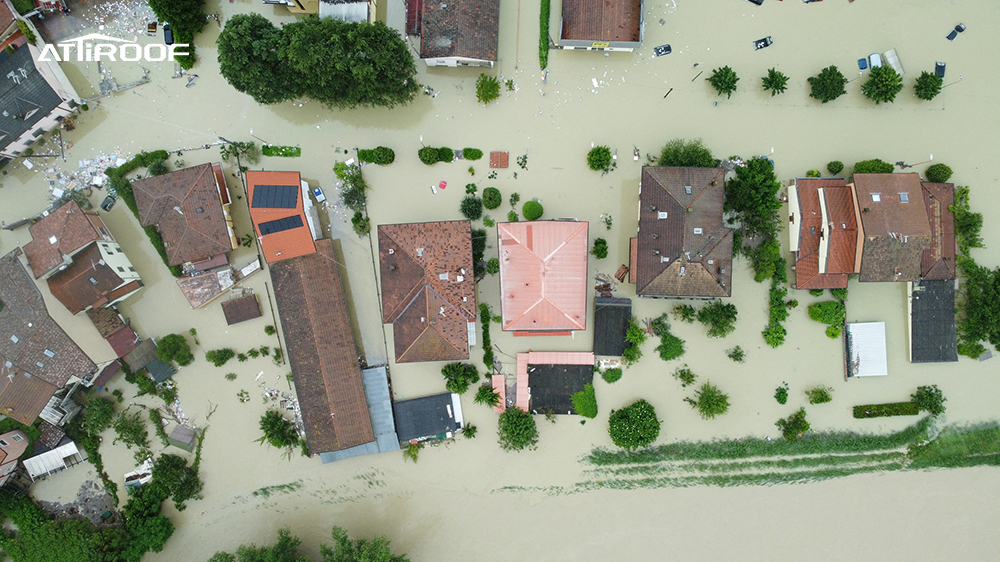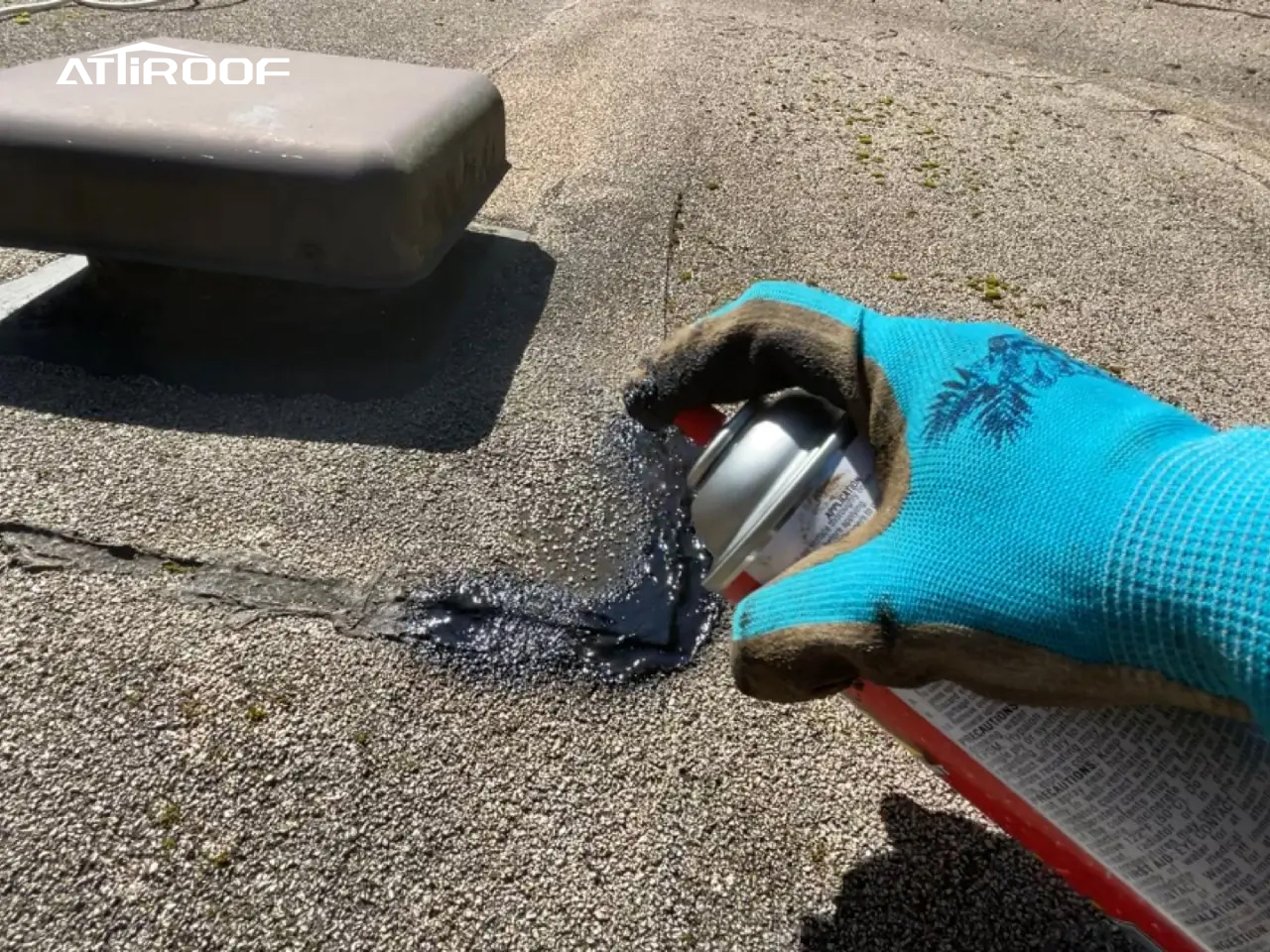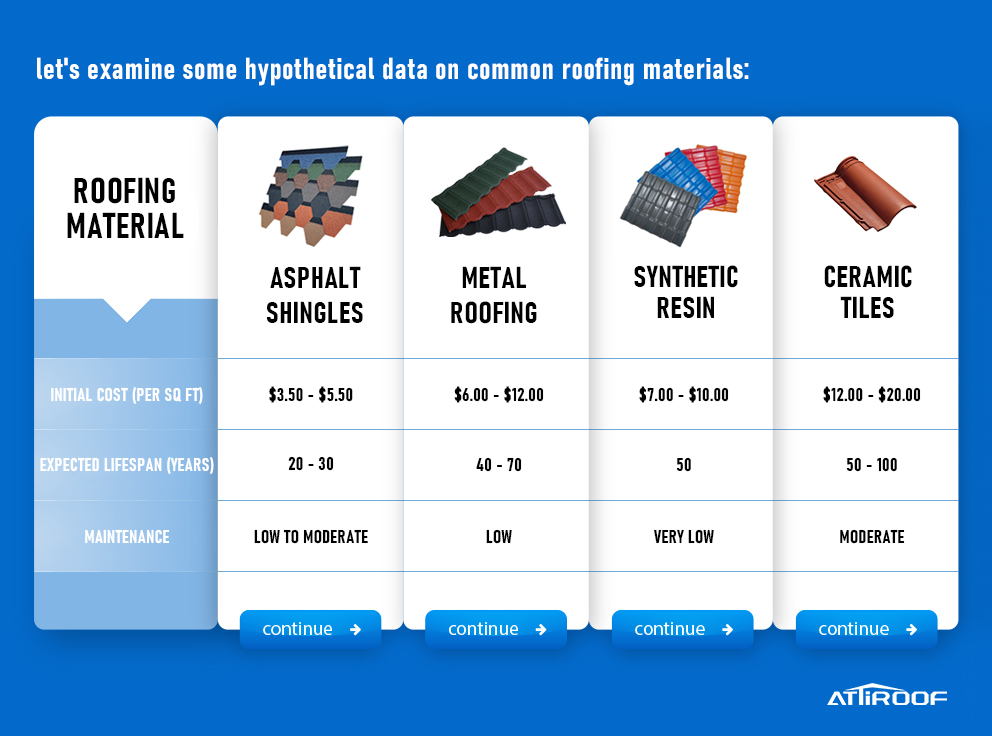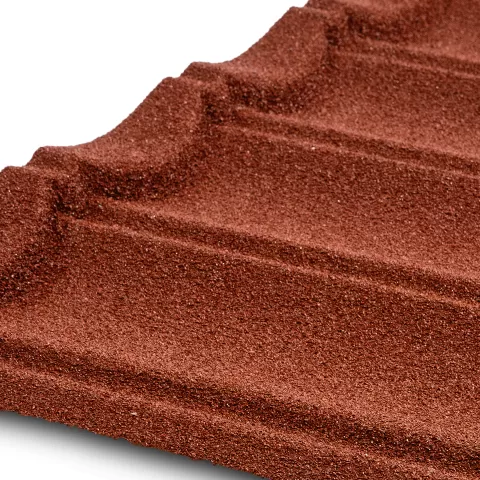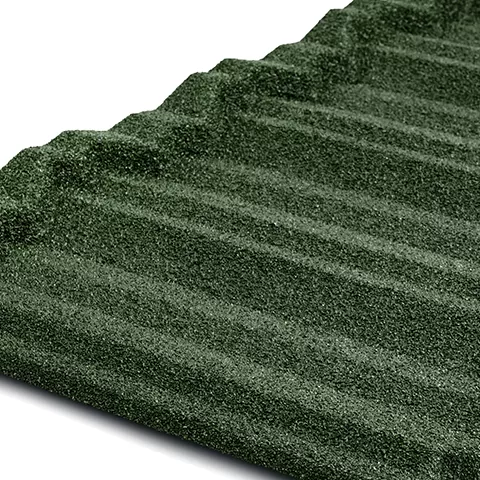Building on the distinct charm and practical benefits of villa roof tiles, we dive deeper into the choices that protect and stylize your home. Beyond their aesthetic appeal, durability, and energy efficiency, selecting the right roof tiles is crucial for the sanctuary you call home. This guide aims to simplify your journey, focusing on the benefits of stone-coated metal roof tiles, synthetic resin tiles, and asphalt shingles. Together, we'll explore how these options not only meet your design needs but also ensure your home's functionality and resilience. Join us as we navigate through these choices, ensuring your villa's roof is as outstanding as its foundation.
Comparing Tile Materials: Stone-Coated Metal, Synthetic Resin, and Asphalt
When selecting the ideal roofing material for your villa, it's important to consider how different materials stack up against each other. Here’s a closer look at stone-coated metal roof tiles,synthetic resin tiles,and asphalt shingles:
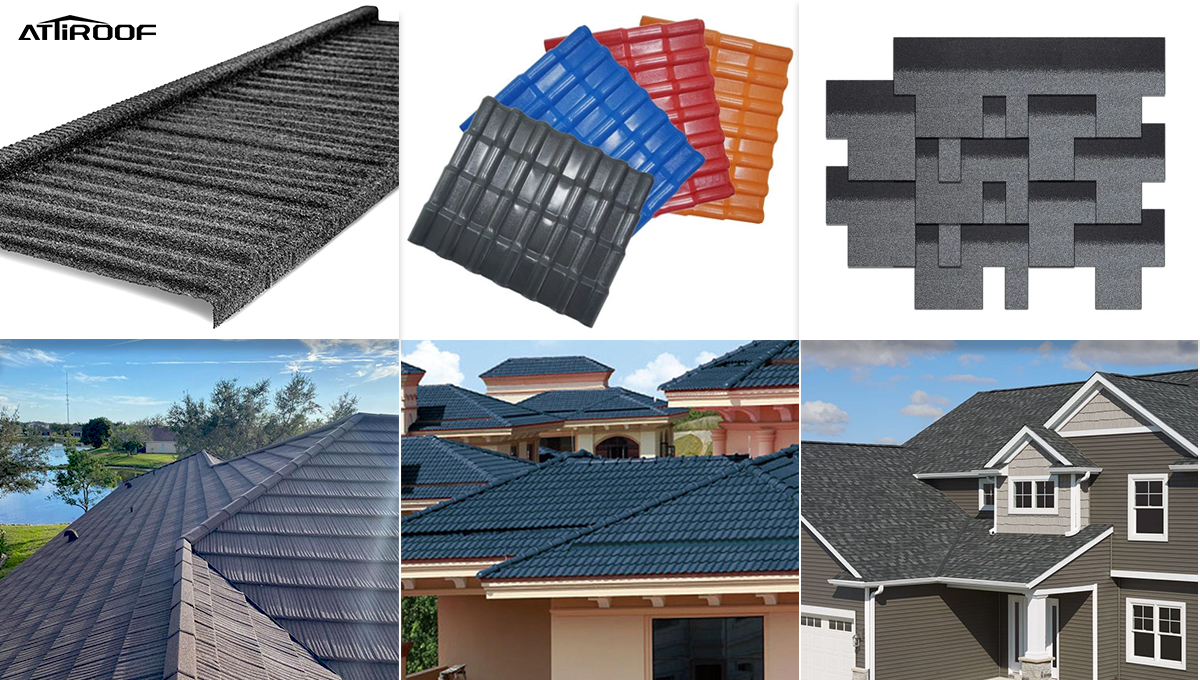
Stone-Coated Metal Roof Tiles
●Durability: These tiles are built to last, offering exceptional durability against the elements. Their metal core, coated with stone chips, provides strength and resistance to harsh weather conditions, from heavy rain to scorching sun.
●Aesthetics: With a variety of colors and styles, stone-coated metal tiles can mimic traditional roofing materials like clay or slate, adding elegance and curb appeal to your villa.
●Energy Efficiency: The reflective properties of the stone coating can help reduce cooling costs by reflecting sunlight away from your home, making these tiles an energy-efficient choice.
Synthetic Resin Tiles
●Lightweight: Synthetic resin tiles are known for their lightweight, which makes them easy to install and reduces the load on your home's structure.
●Weather Resistance: These tiles offer excellent resistance to UV rays, rain, and wind, maintaining their color and integrity over time.
●Versatility: Available in a range of colors and styles, synthetic resin tiles can suit any architectural design, from modern to traditional.
Asphalt Shingles
●Cost-Effectiveness:Asphalt shingles are a popular choice due to their affordability and good value for the protection they offer.
●Ease of Installation:They are relatively easy to install, which can lead to lower labor costs compared to other materials.
●Variety: With a wide selection of colors and textures, asphalt shingles allow for flexible design options to match your villa's aesthetic.
Weight and Structural Considerations
The weight of roofing materials is a critical factor that influences the structural integrity and engineering requirements of your villa. Here’s a simplified comparison to help you understand the relative weights of stone-coated metal tiles, synthetic resin tiles, and asphalt shingles, and how they might impact your home:
| Roofing Material | Weight per Square Foot | Structural Consideration |
Stone-Coated Metal Tiles | 1.05 - 1.3 lbs | Lightweight, minimal structural reinforcement neede |
Synthetic Resin Tile | 0.9 - 1.23 lb | Very lightweight, suitable for any structure |
Asphalt Shingles | 1.76 - 2.38 lbs | Moderate weight, some structural consideration |
●Stone-Coated Metal Tiles: Their lightweight nature means they can be supported by a wide range of structures without necessitating additional reinforcement. This can be particularly advantageous for older buildings or those not designed for heavier roofing materials.
●Synthetic Resin Tiles: Among the lightest roofing options available, synthetic resin tiles impose very little load on a building's structure. This makes them an excellent choice for new constructions and retrofitting projects alike, as they rarely require structural modifications.
●Asphalt Shingles: While slightly heavier than stone-coated metal and synthetic resin tiles, asphalt shingles are still considered suitable for most residential buildings. However, the specific weight of premium, architectural-grade shingles can be higher, which might require an assessment of the existing roof structure to ensure it can handle the load.
When planning your roof replacement or new installation, it's crucial to consider these weight factors in conjunction with your home’s existing structural capabilities. Consulting with a structural engineer can provide tailored advice and ensure that your choice not only meets aesthetic and functional needs but also aligns with safety standards and building codes.
Color Retention and Weather Resistance
Color retention is a crucial factor in maintaining the aesthetic appeal of your roof. Stone-coated metal roof tiles are known for their vibrant, fade-resistant colors that stand the test of time and weather. Synthetic resin tiles offer excellent color stability, even under prolonged exposure to the sun, ensuring that your roof remains as visually appealing as the day it was installed. Asphalt shingles, treated with modern UV inhibitors, resist fading and maintain their color, contributing to the overall curb appeal of your villa.
Choosing the right roof tile material involves balancing aesthetic preferences with practical considerations. By focusing on the unique advantages of stone-coated metal roof tiles, synthetic resin tiles, and asphalt shingles, you can make an informed decision that enhances the beauty and functionality of your home.




